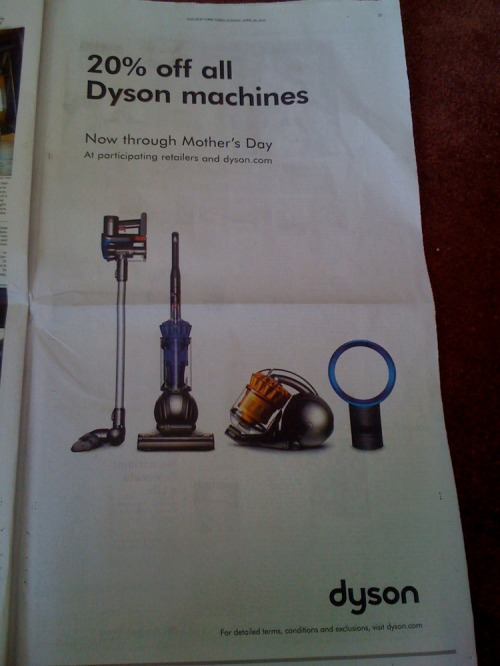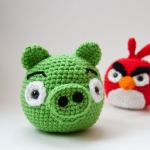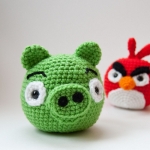Every Sunday I stop by my parents place for dinner. It's a way for me to escape the congestion, polluted air, and bad drivers of downtown Toronto. My old room is like a museum, as little has changed since I fled the nest permanently and escaped the Gen Y habit of extending your stay at your parents place until your mid to late 20's.
I normally make nothing of what's in the room. I check to see if there is any mail, and make sure things are where they should be. But I glanced up and noticed the cork pinboard (like the image above) which sits above my bed the other day. It's a collection of people that inspired me (players that represented the pinnacle of the sport I played at the time), places I visited (bus tickets, plane tickets, pictures), things I did (movie tickets, first hockey game with my Dad, travelling to Europe, etc.) and people that shared moments with me (prom, graduation, etc.) I don't know why I didn't bring it with me to my new place. Maybe its because it's a symbol of my early adolescent years, and I've "moved beyond" that kind of stuff now. But I don't know if I truly have a replacement for what the board did for me as I moved between life stages and I don't think a service like Pinterest is it. I think what worked about my old cork pinboard was that it did two very simple things: (1) Gave me a space constraint – not everything went on the board, and if I ran out of room, I had to decide what got covered up(2) Allowed me to place physical objects that contained a marker and emotional reminder of the journey i.e. my Prague bus pass which contains curled edges and a small coffee stain The first one is something that I think an online service can adopt, but I don't know if we've come up with a solve for the second one yet. There's an interesting post by Dominic Basulto on emotional attachments to physical objects which goes into this issue. Either way, it's an interesting question to explore.






